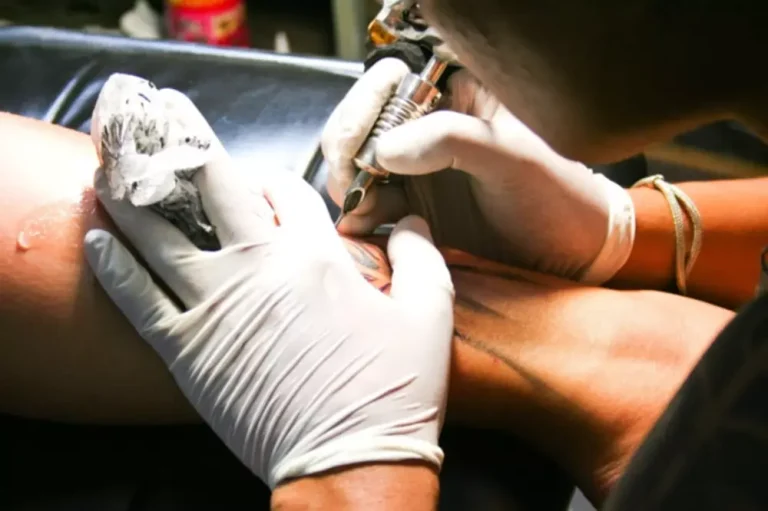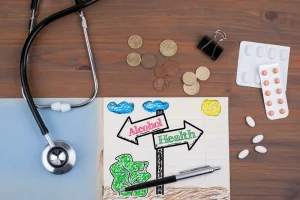
Notice that roughly half of these suspensions are attributed to “undisclosed” substances. For first offenses, the Commissioner’s Office often keeps the substance involved undisclosed, https://ecosoberhouse.com/article/alcohol-and-headaches-why-does-alcohol-cause-migraines/ putting the onus on the player to withhold or share that information with fans. The anabolic steroids used by athletes are often forms of testosterone made in a lab.
What are the risks of anabolic steroid use in teens?

Parents and coaches should help young athletes understand that they can excel in sports without using steroids. Alternatives for meeting fitness and performance goals include eating a proper diet, getting enough sleep, and having good overall mental and physical health. Any player testing positive for a drug of abuse or found to possess such a drug must submit to an initial evaluation by medical personnel, who then determine whether or not a treatment program is necessary. The treatment program is agreed upon by medical personnel and the player, who can complete treatment as either an inpatient or an outpatient.
Blood Doping
The use of anabolic androgenic steroids (AAS) for strength training and muscle building is a widespread practice among athletes and young individuals. Athletes and bodybuilders are using these substances for various purposes, such as enhancing muscle mass, strengthening their bodies, and enhancing their performances. AAS exert a wide range of physiological effects that result in the activation of central signaling, resulting in adverse effects. Moreover, excessive use of AAS which can be categorized as AAS abuse; is linked to biological and psychological pathologies, which can lead to mortality. Complications arising from steroid abuse involve both cellular and physiological complications.
- What physicians may not recognize are the potential adverse effects of novel, investigational drugs that are being used as doping agents.
- However, as we’ll discuss more below, players who come forward with a drug abuse problem receive league-paid treatment.
- Prior to entering the league, only the NFL requires pre-employment testing for all players, although in the MLB, all players are subjected to testing within five days of reporting for spring training.
- The International Amateur Athletics Federation (IAAF) suspended Slupianek for 12 months, a penalty that ended two days before the European championships in Prague.
Banned Oral Steroids
Note that individual growth factors are still prohibited when given separately as purified substances as described in S.2.5. As of May 12, 2021, no baseball player who has been publicly accused of using PEDs has been allowed entry into the National Baseball Hall of Fame. The debate over whether to allow such players into the Hall of Fame has raged since the “Steroid Era” of baseball, from the late 1980s through the late 2000s, when a number of players were caught and accused of using steroids. A therapeutic use exemption (TUE) is a waiver for an athlete to use a banned drug when that drug is medically necessary, such an athlete with ADHD taking Ritalin, which is a banned stimulant. Proponents of allowing athletes to techo-dope argue that the advancements could push the sports and athletes in interesting ways, and that audiences not only don’t oppose new technology, but will be excited to see sports and athletes play a reinvigorated game.
Medical Professionals
It also raises the risk of a condition that keeps the brain from getting enough oxygen, called a stroke. The FDA on Tuesday banned the use of a food additive known as brominated vegetable oil because the agency has determined it is not safe for human consumption. «Secret data revealing the extraordinary extent of cheating by athletes at the world’s most prestigious events can be disclosed for the first time today [Aug. 2, 2015], after the biggest leak of blood-test data in sporting history… During the regular season, the NCAA generally only tests for performance-enhancing drugs. It still can test for PEDs, stimulants and narcotics ahead of championships moving forward.
- 1960Sports Illustrated publishes Our Drug-Happy Athletes by George Walsh, exposing the use of amphetamines («pep pills»), tranquilizers, cocaine and other drugs in elite sports.
- Those who oppose the use of steroids and other performance-enhancing drugs say that the athletes who use them are breaking the rules and getting an unfair advantage over others.
- The pressure to win leads some athletes to use drugs that might give them an edge.
- Some studies have shown beta-2 agonists have performance-enhancing effects when consistently high levels are present in the blood.
- In the NFL, upon testing positive for a banned PED, the player is notified and the sample (which is split in half during the original phase of testing) is re-tested.
What are the side effects of anabolic steroid misuse?
David Millar, the 2003 World-Time Trial Champion, admitted using EPO, and was stripped of his title and suspended for two years. Roberto Heras was stripped of his victory in the 2005 Vuelta a España and suspended for two years after testing positive for EPO. NFL players ratified a new, 10-year collective bargaining agreement Thursday [Aug. 4, 2011], hours negative effects of drugs in sport after it was finalized, and the contract allows the NFL to become the first major U.S. professional sports league to use blood testing for human growth hormone… Steroids are ingested orally, injected intramuscularly, or applied to the skin. The doses abused are often 10 to 100 times higher than the approved therapeutic and medical treatment dosages.
